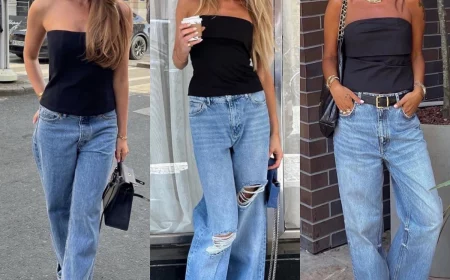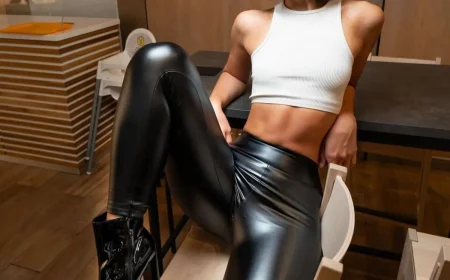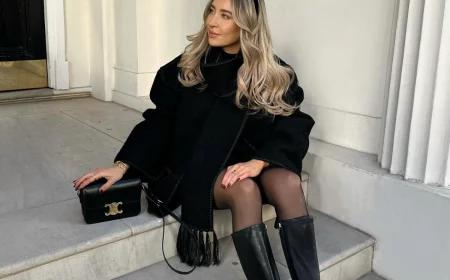Your Leggings Don’t Fit? It’s Not You, It’s the Fabric. Here’s How to Shop Like a Pro.
I’ve spent more time in apparel fitting rooms than I can count. After years working behind the scenes in technical design, I’ve seen it all—from pro athletes to busy moms, everyone is looking for that perfect pair of leggings that feels like a second skin. And one of the most common complaints? How they fit around the crotch. It’s a topic that makes people cringe, but honestly, it’s not a personal problem. It’s a technical one.
In this article
It’s a sign that the garment itself failed, not the person wearing it.
You’ll see plenty of quick tips online, but they rarely get to the root of the issue. My goal is different. I want to pull back the curtain and share what I’ve learned from working directly with textile mills and pattern makers. We’re going to dive into the nitty-gritty of fabric science and construction so you can spot a genuinely well-made legging from a mile away. This is the stuff that separates a $20 pair from a $120 pair (and sometimes, you can get the $120 quality for a lot less if you know what to look for).
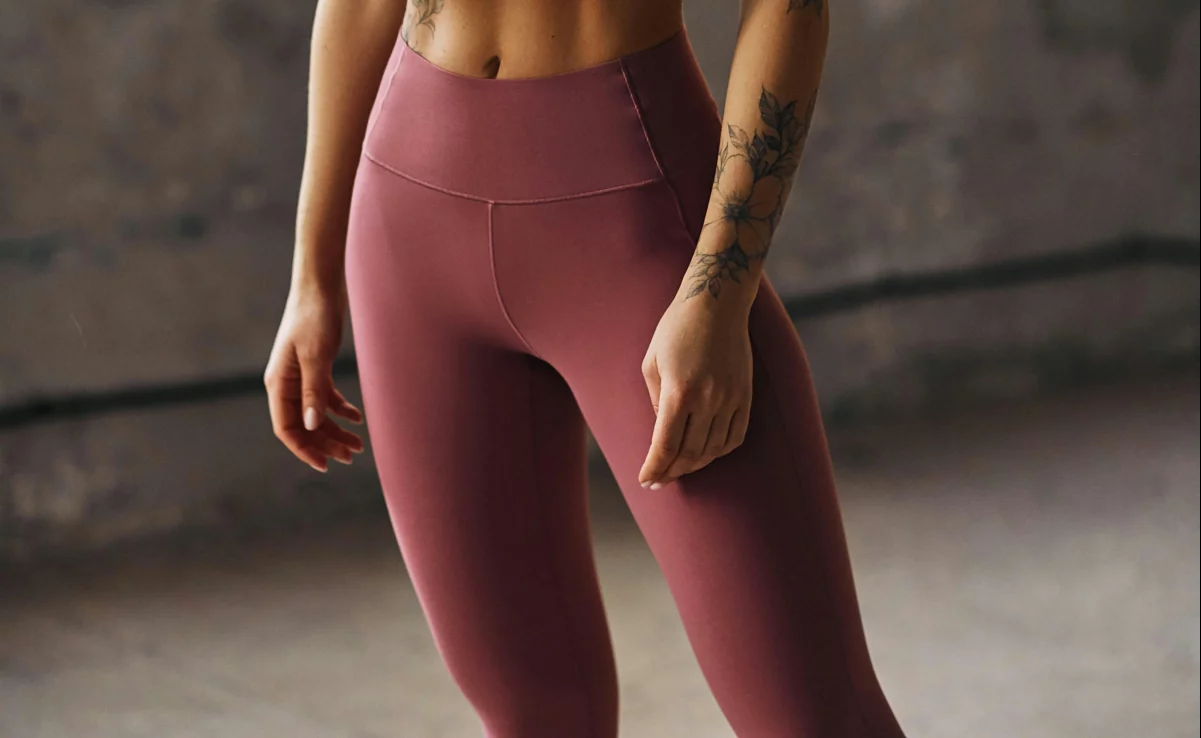
1. It All Starts with the Fabric (No, Seriously)
The foundation of any good legging is its material. The fabric dictates everything: how it stretches, how it supports you, and whether it’s see-through when you bend over. Just looking for a “thick” fabric isn’t enough. You have to understand the ingredients.
The Building Blocks: Fiber Content is Key
Legging fabrics are almost always a blend, and the ratio of those fibers is your first clue to quality.
Nylon (or Polyamide): This is the luxury fiber of the activewear world. It feels incredibly soft and smooth, almost silky. It’s also surprisingly tough, lightweight, and a champion at wicking sweat. From my experience, leggings with a high nylon content (think 70% or more) just have that premium, comfortable feel. This is why you’ll see it in high-end brands, and it’s a big part of why those leggings can cost anywhere from $90 to $130.
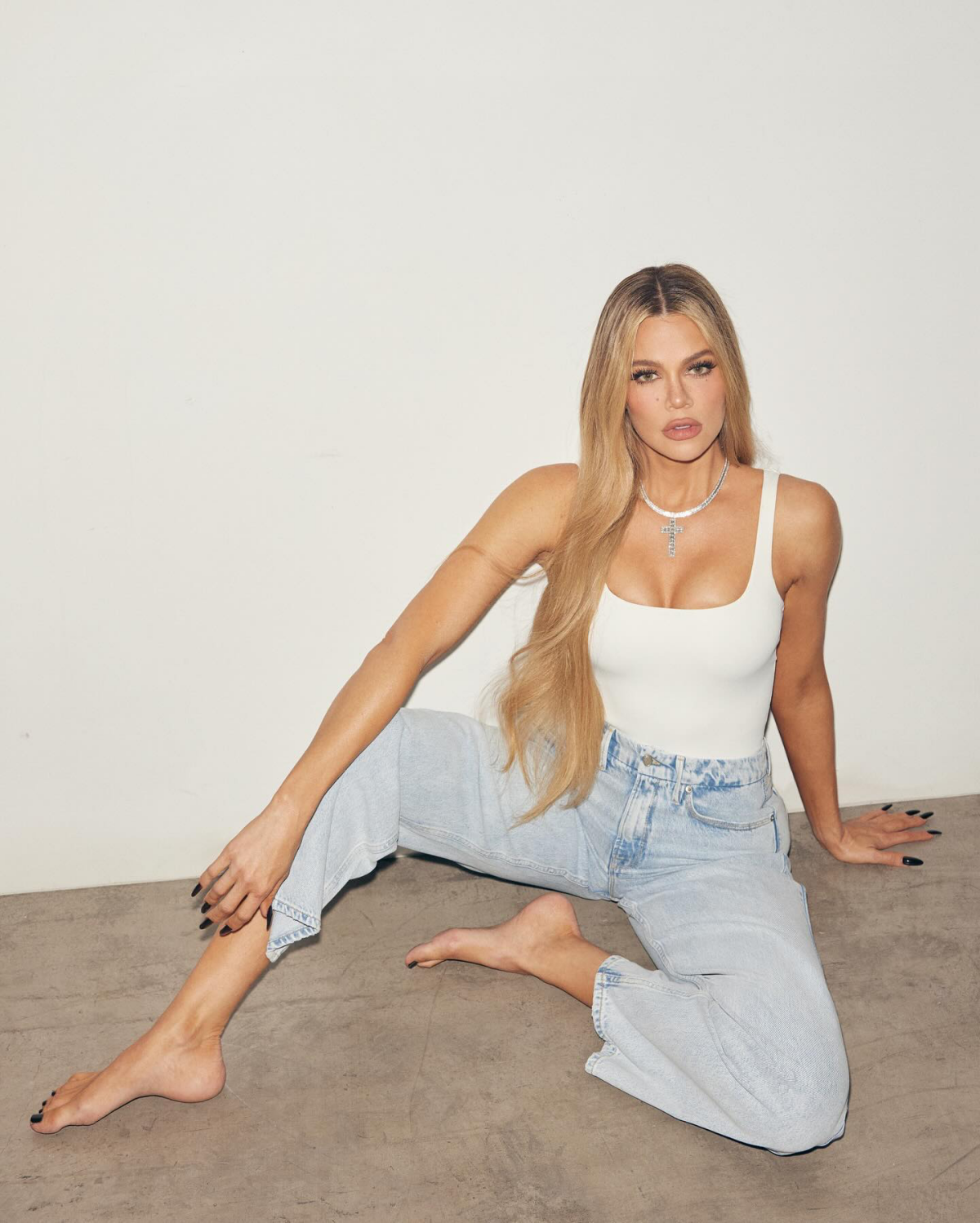
Polyester: Don’t knock polyester! It’s the workhorse of activewear for a reason. It’s super durable, resists pilling, and holds color beautifully wash after wash. Modern polyesters are way softer than the scratchy stuff from years ago. It’s a more budget-friendly choice than nylon, and you can find fantastic leggings made from it, often in the $50 to $80 range.
Spandex (also called Elastane or Lycra): This is the magic ingredient that gives leggings their stretch and snap-back. The percentage here is CRITICAL. I personally won’t even consider leggings with less than 15% spandex. Any lower, and you’re looking at a pair that will likely sag or lose its shape after a few wears. High-performance leggings can have up to 25% spandex, which gives you that awesome compression and shape retention. By the way, Lycra is just a well-known, high-quality brand name for spandex. Seeing “Lycra” on the tag is usually a good sign that the brand didn’t cheap out on materials.
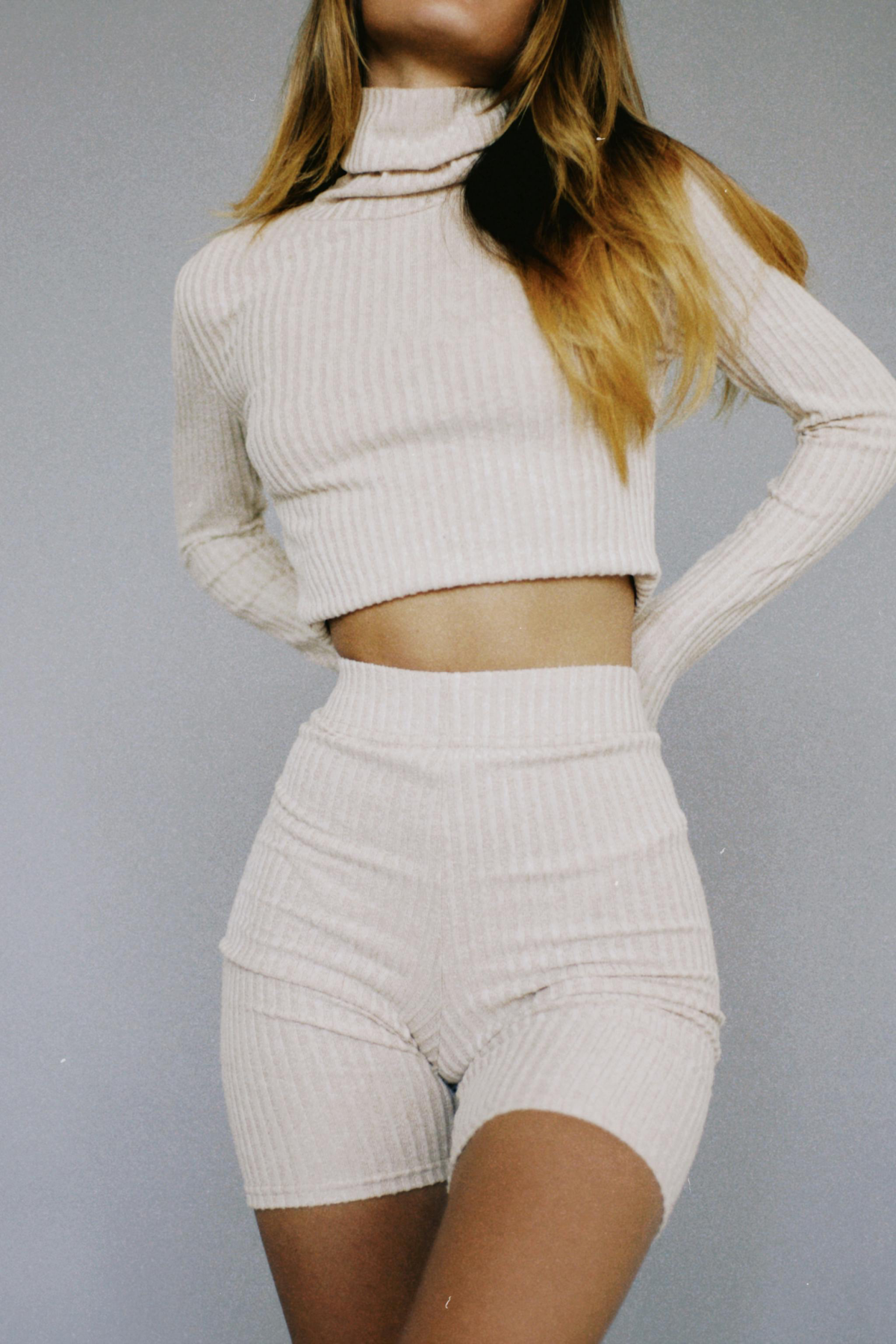
How It’s Made: The Knit Matters More Than You Think
So you have the right fibers, but how they’re knitted together is just as important. This determines the fabric’s density and, most importantly, its opacity.
Interlock Knit: This is the gold standard for quality leggings. Think of it as two layers of fabric knitted together into one. This process creates a denser, firmer material that feels substantial and offers amazing coverage. When you do the “squat test” in the fitting room, an interlock knit is your best friend—it’s far less likely to go see-through. It’s also smooth on both sides, which adds to the comfort.
Quick Tip: While most tags won’t list the fabric weight (measured in Grams per Square Meter, or GSM), you can feel it. A good, opaque legging generally feels like it’s at least 250 GSM. Anything that feels thin or flimsy (like around 180-200 GSM) is probably best for low-impact activities or as a base layer, not for squats at a crowded gym.
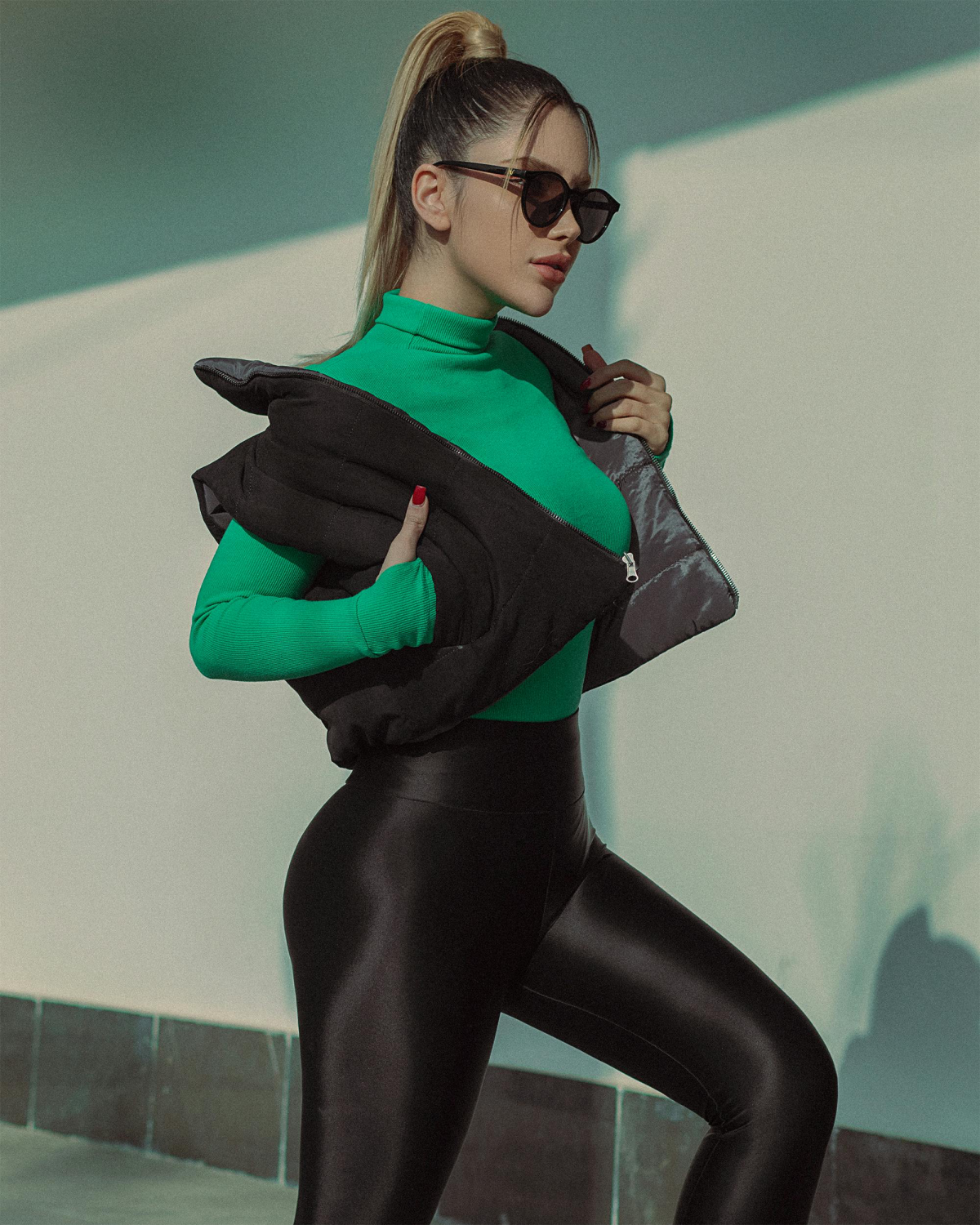
2. The Anatomy of a Perfect Legging
Beyond the fabric, the way a legging is cut and sewn is where the real magic happens. These are the details the pros obsess over, and they’re dead giveaways of a quality garment.
The Gusset: The Unsung Hero of Leggings
Okay, this is a big one. A gusset is a diamond or triangle-shaped piece of fabric sewn into the crotch. Its job is to prevent four seams from crashing into each other right at the center. This tiny addition does a few huge things:
- Eliminates tension: It spreads stress across a wider area, preventing that awkward pulling.
- Boosts durability: That central seam is a major weak point. A gusset reinforces it so you don’t have to worry about rips during deep squats or yoga poses.
- Increases your range of motion: It just gives you more freedom to move.
When I’m evaluating a new legging, the lack of a gusset is an immediate dealbreaker. It’s a corner brands cut to save a few cents on fabric and labor, but it tanks the fit. Heads up! Look inside the leggings. If you see two seams crossing in a “+” shape, put them back. A quality pair will have that separate panel.
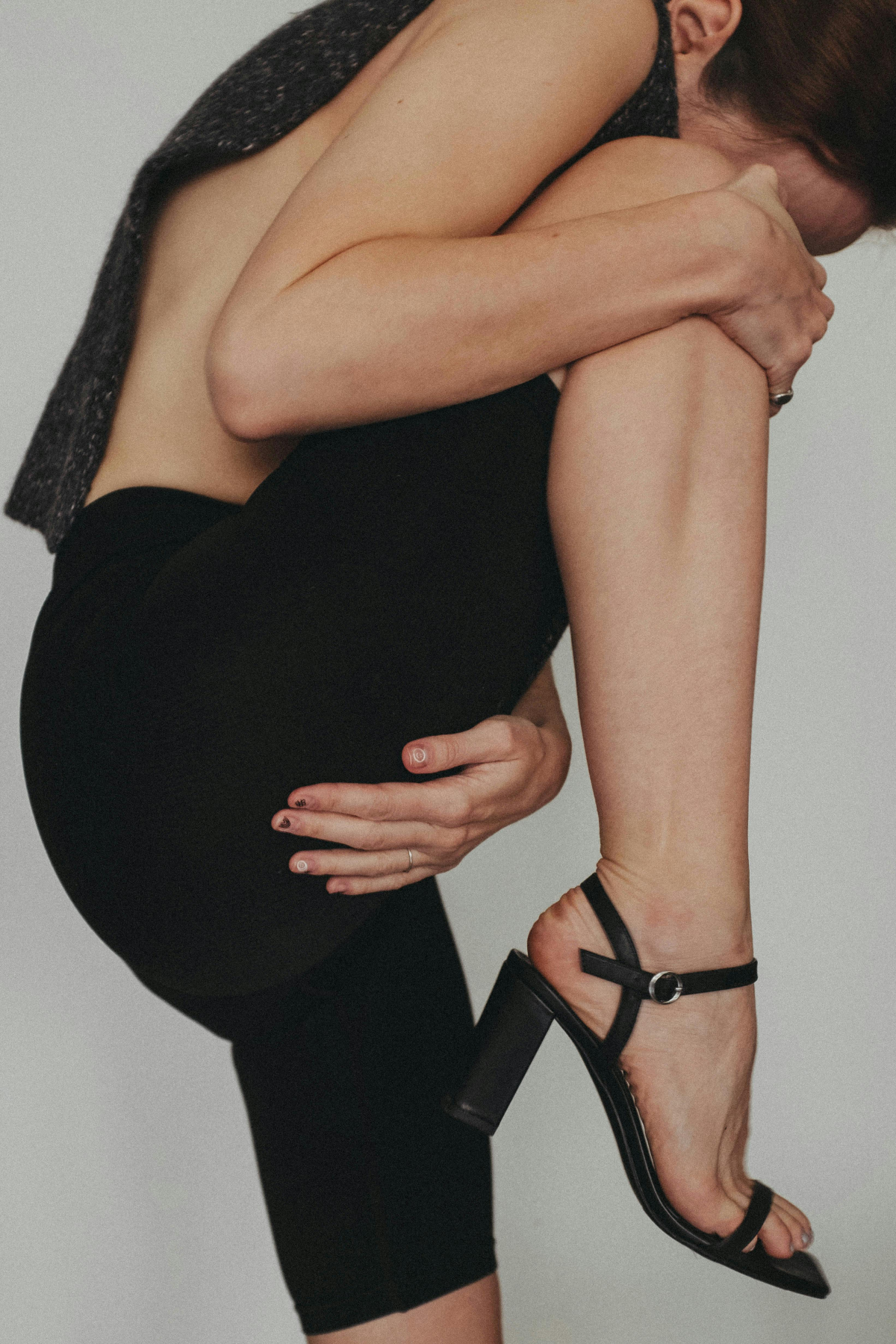
Seams: Flatlock is Your Friend
Go ahead, run your fingers over the seams on a pair of leggings. Are they flat or bulky?
Overlocked Seams: This is the standard, cheaper seam. It creates a thick, rope-like ridge on the inside that can dig into your skin and cause chafing. No thank you.
Flatlock Seams: This is what you want. It’s a special stitch that joins fabric panels edge-to-edge, creating a seam that is completely flat on both sides. It looks like a tiny, flat ladder stitched between the pieces. It’s strong, comfortable, and eliminates chafing. You can feel the difference immediately!
The Waistband: Your Anchor
The rise (the distance from the crotch seam to the top of the waistband) and the waistband itself are crucial. If your waistband constantly rolls down, it’s not you—it’s a poor design. A cheap legging just has a thin piece of elastic threaded through a tube of fabric. It’ll dig in and roll every time.

A well-designed waistband is wide (at least 3-4 inches), made of a double layer of the main fabric, and often has a hidden, softer elastic just at the top edge. This anchors the leggings without pinching, so you aren’t constantly yanking them up.
3. Your Smart Shopper’s Guide to Finding the Perfect Pair
Armed with all this technical knowledge, let’s put it into practice. Here’s how you can walk into a store or shop online with total confidence.
Your Mental Shopping Checklist
Before you buy, run through this quick list. A screenshot of this might be handy!
- Check the Tag: Is there at least 15% Spandex/Lycra/Elastane? Is Nylon or Polyester the main fiber?
- The Gusset Check: Flip them inside out. Do you see a diamond or triangle-shaped panel at the crotch? (This is a must!)
- The Seam Test: Are the seams flat and smooth on the inside (flatlock), or are they thick and ridged (overlocked)?
- The Squat Test: In the fitting room, do a deep squat. Does the waistband stay put? And most importantly, ask a friend or check in a three-way mirror—is the fabric still opaque?
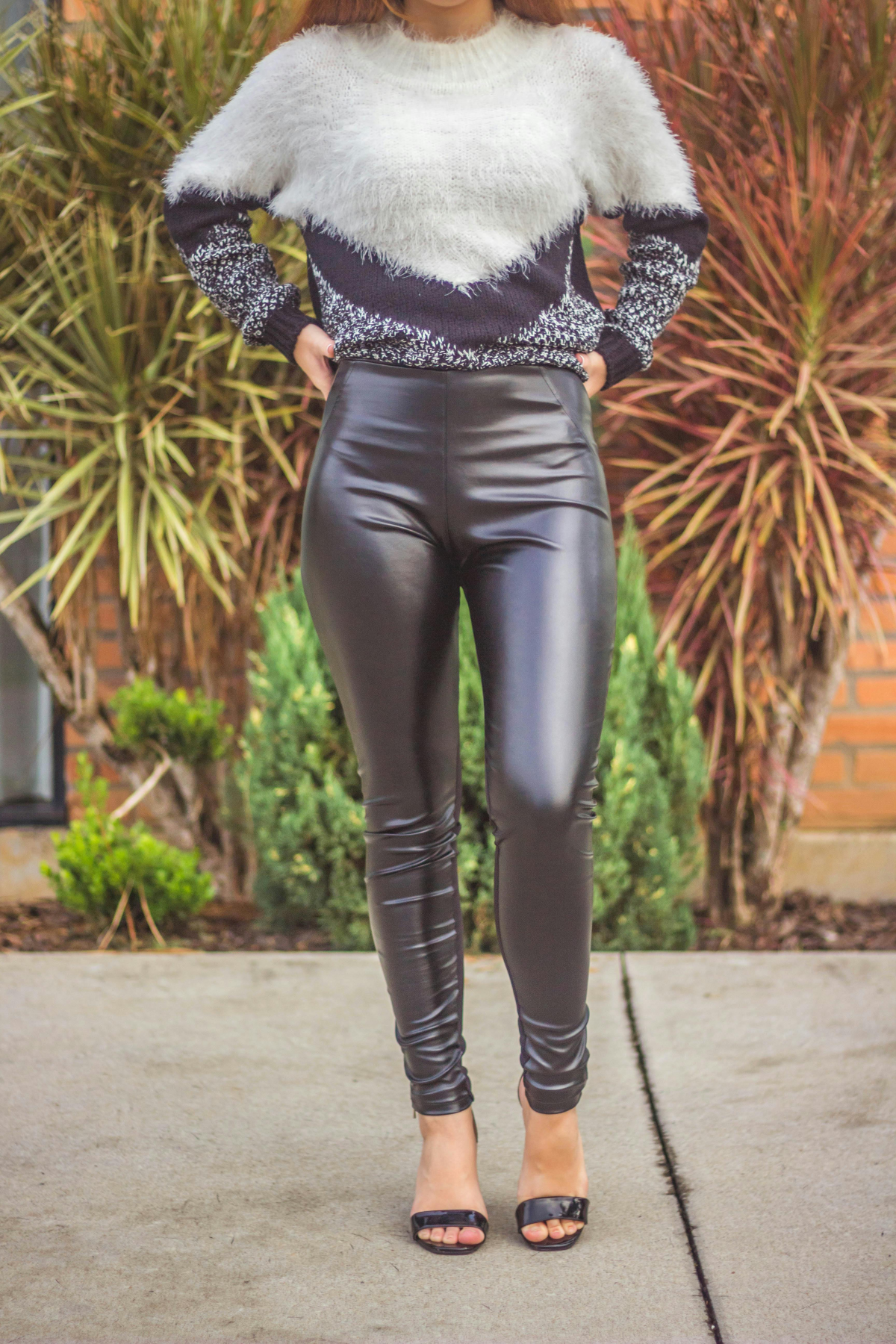
Brands That Get It Right (At Different Budgets)
Okay, so where can you find leggings with these features? For a top-tier experience where you know you’re getting gussets, flatlock seams, and premium fabric, brands like Lululemon and Athleta are the benchmark. They nail the technical details, but you’ll pay for it.
But you don’t have to spend over $100! For a more budget-friendly option that still includes the important stuff like a gusset and good fabric, check out brands like Old Navy Active or CRZ Yoga on Amazon. They’ve gotten incredibly good at offering high-end features at a fraction of the price.
A Note on Sizing
A common mistake is sizing down for a more “held-in” feel. Don’t do it! When you stretch a legging beyond its intended design, you distort the pattern, which creates that vertical tension and can make the fabric go sheer. Always start with the brand’s size chart and your actual measurements. If you’re between sizes, I almost always recommend sizing up for leggings.
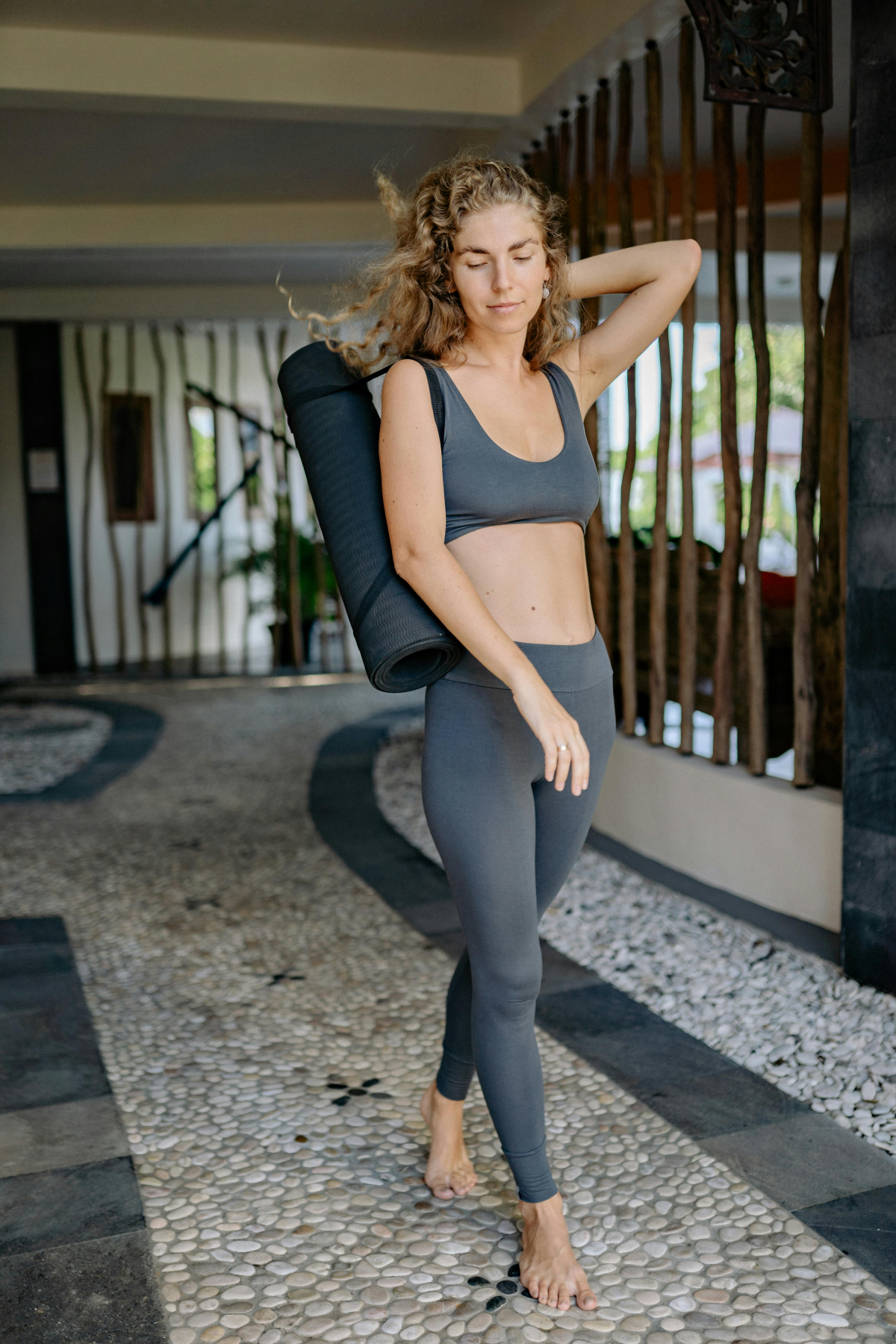
4. Extending the Life of Your Investment
A great pair of leggings is an investment, so you want them to last. Proper care is all about protecting those delicate spandex fibers.
Wash on Cold, ALWAYS: Heat is the mortal enemy of spandex. It makes the fibers brittle and break, which is how leggings lose their stretch. Turn them inside out and wash on a gentle, cold cycle.
Fabric Softener is a Crime: I’m not being dramatic. Fabric softener leaves a coating on performance fabrics that clogs the fibers, completely ruining their moisture-wicking properties and degrading the spandex over time.
Hang to Dry: Please, I’m begging you, never put your good leggings in a high-heat dryer. The intense heat will cook the spandex, and they’ll never feel the same again. Air dry them away from direct sun, and they’ll thank you for it.
In the end, it really does come down to being an informed shopper. Now you know the hallmarks of quality. And I have a challenge for you: go grab your favorite and least favorite pairs of leggings right now. I’ll bet your favorite pair has a gusset and flat seams, and your least favorite probably doesn’t. Am I right? This knowledge puts you in control, so you can find leggings that let you focus on your life, not on your clothes.
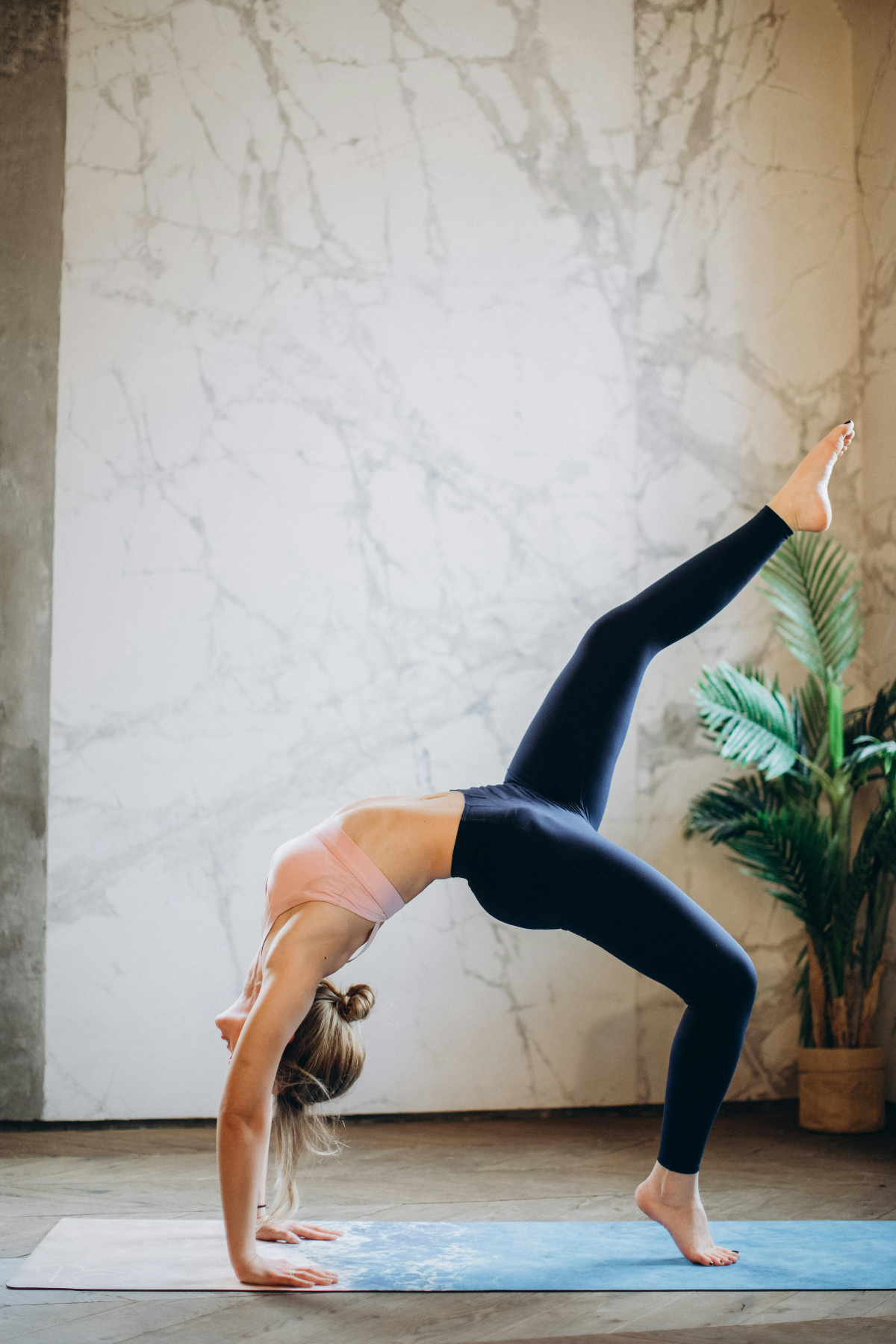
Galerie d’inspiration
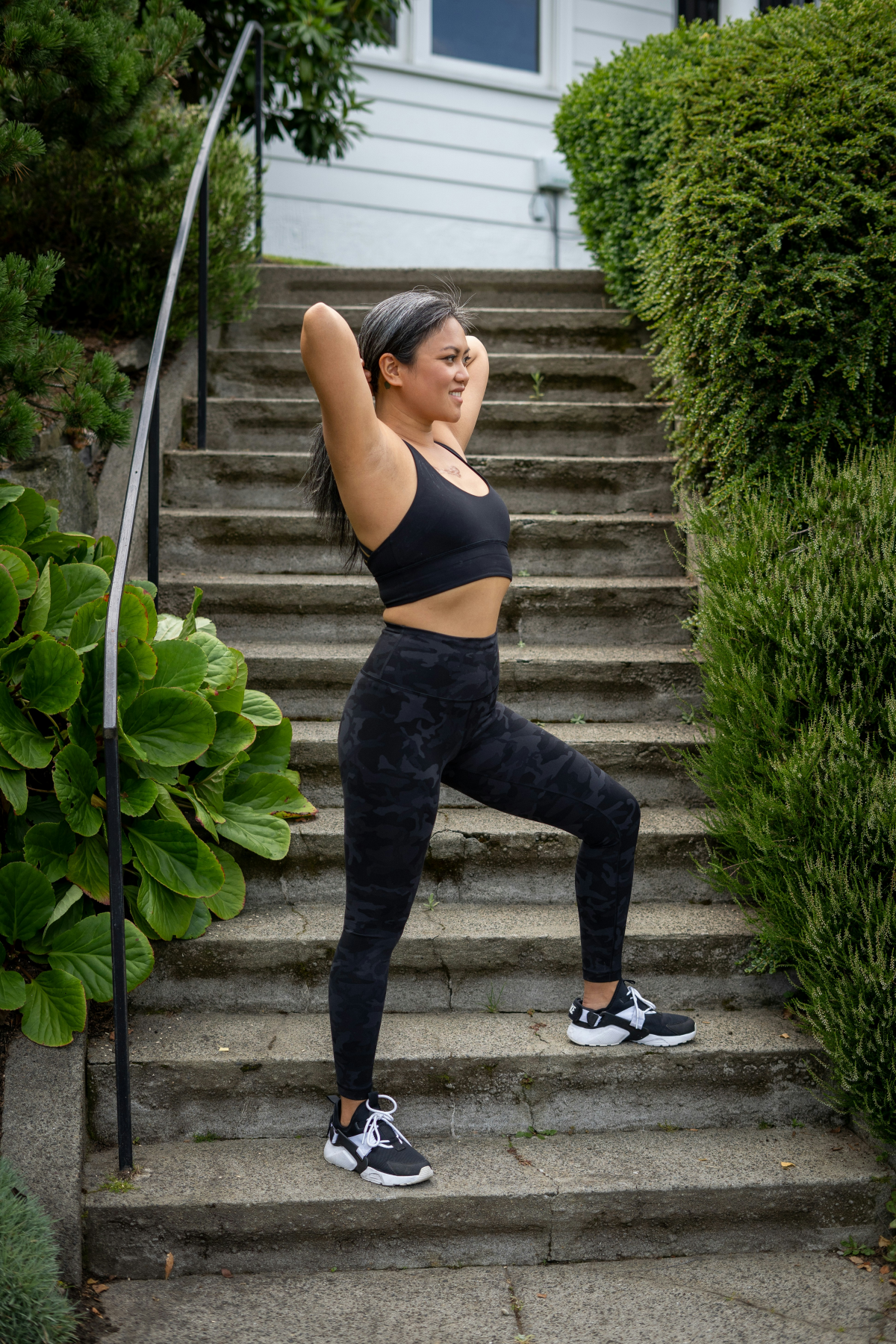
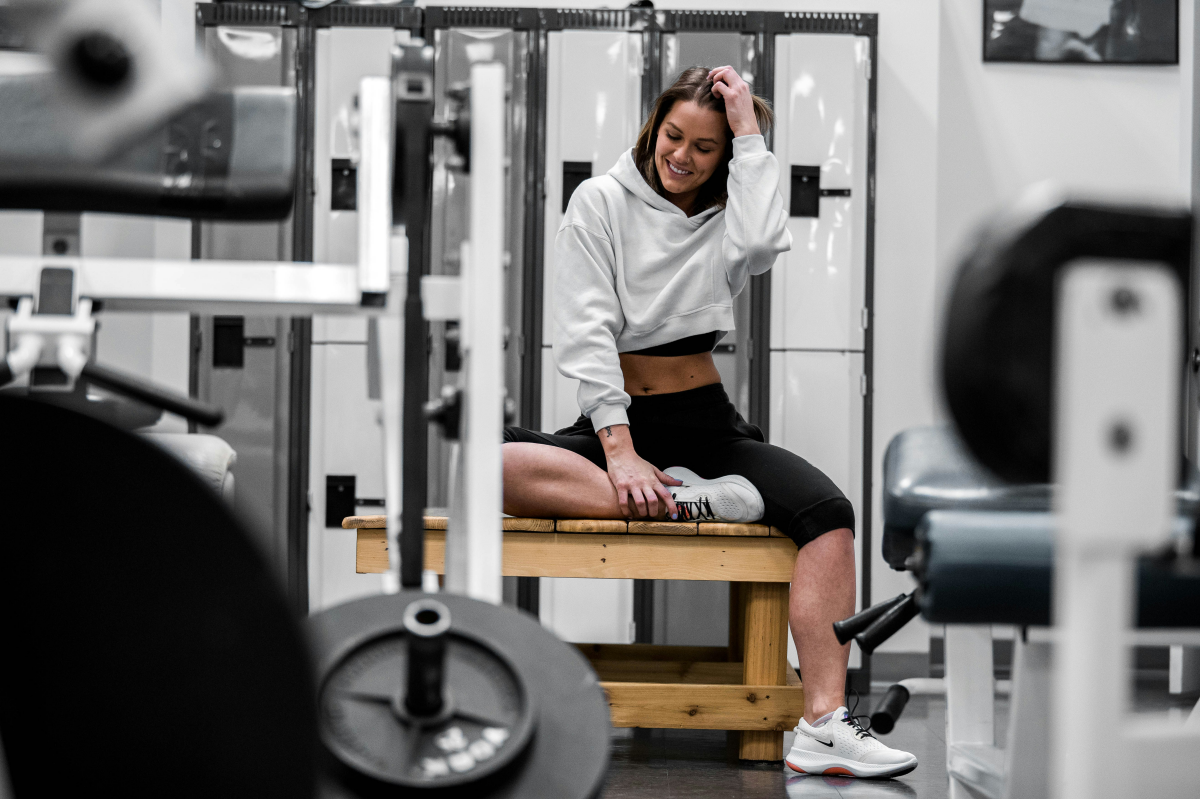
Ever noticed that diamond-shaped panel of fabric in the crotch of high-end leggings?
That’s a gusset, and it’s a non-negotiable sign of quality craftsmanship. Cheaper leggings often have four seams meeting in a single, high-stress point, which is a direct cause of discomfort and the dreaded ‘camel toe’. The gusset, whether triangular or diamond-shaped, removes that bulky intersection, distributing stress evenly. This not only dramatically improves comfort and fit but also enhances your range of motion and prevents embarrassing seam failures during your deepest squat.
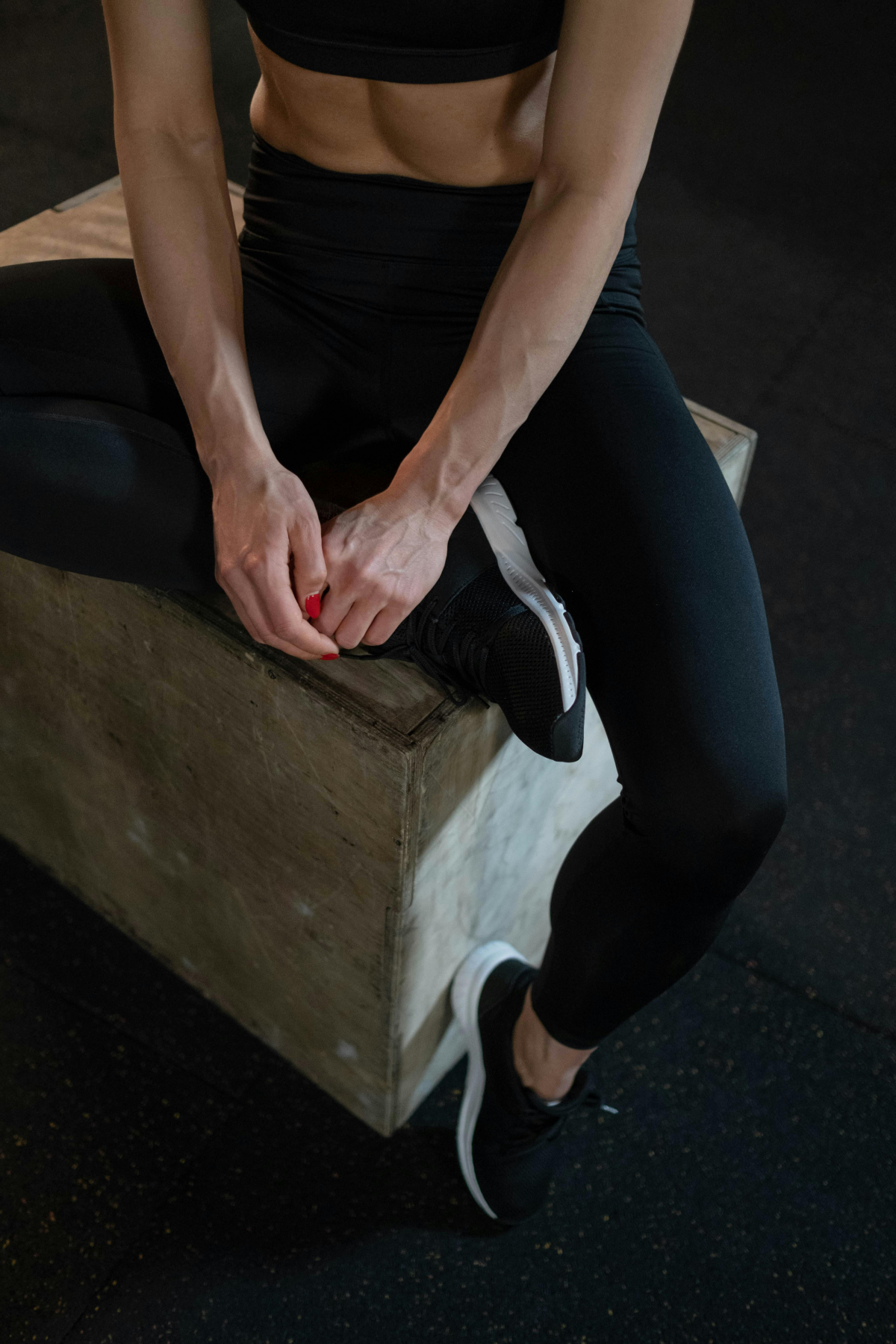
- Check for sheerness with a deep squat or forward bend, preferably in harsh, direct lighting.
- Perform a few high-knees. Does the waistband roll down or stay securely in place?
- Look for ‘flatlock’ seams. They lie completely flat against the fabric, preventing the chafing that raised seams can cause during a workout.
The secret? Never buy leggings without putting them through this 30-second fitting room workout.
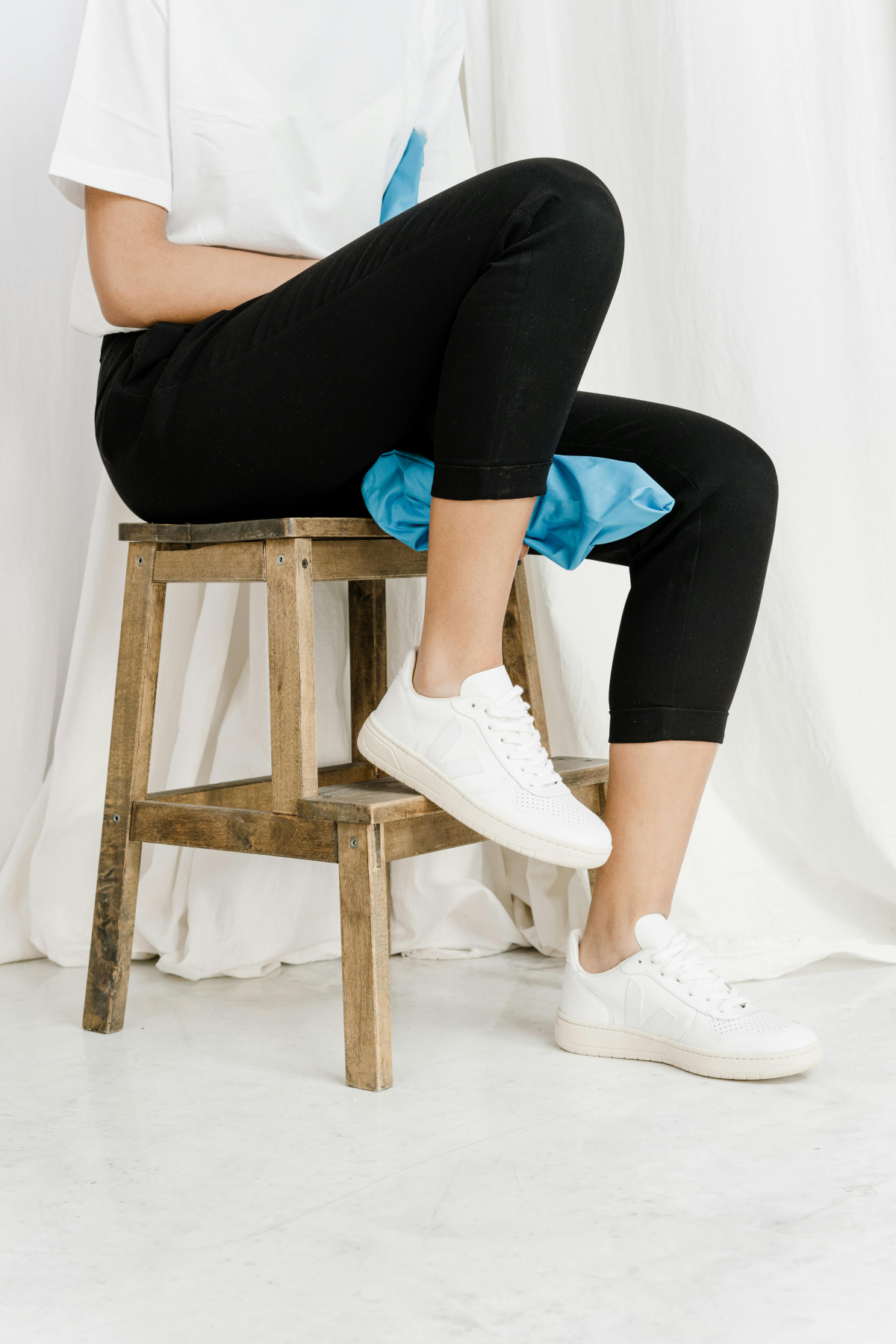
The terms Spandex, Elastane, and LYCRA® are often used interchangeably, but they aren’t quite the same.
Elastane is the generic name for the synthetic fiber known for its incredible elasticity. Spandex is simply the regional name for the same fiber in North America. LYCRA®, however, is the trademarked brand name for elastane fiber produced by The Lycra Company. While all LYCRA® is elastane, not all elastane has the consistent quality and performance standards of the LYCRA® brand, which is why you’ll often see it called out specifically on the tags of premium activewear.
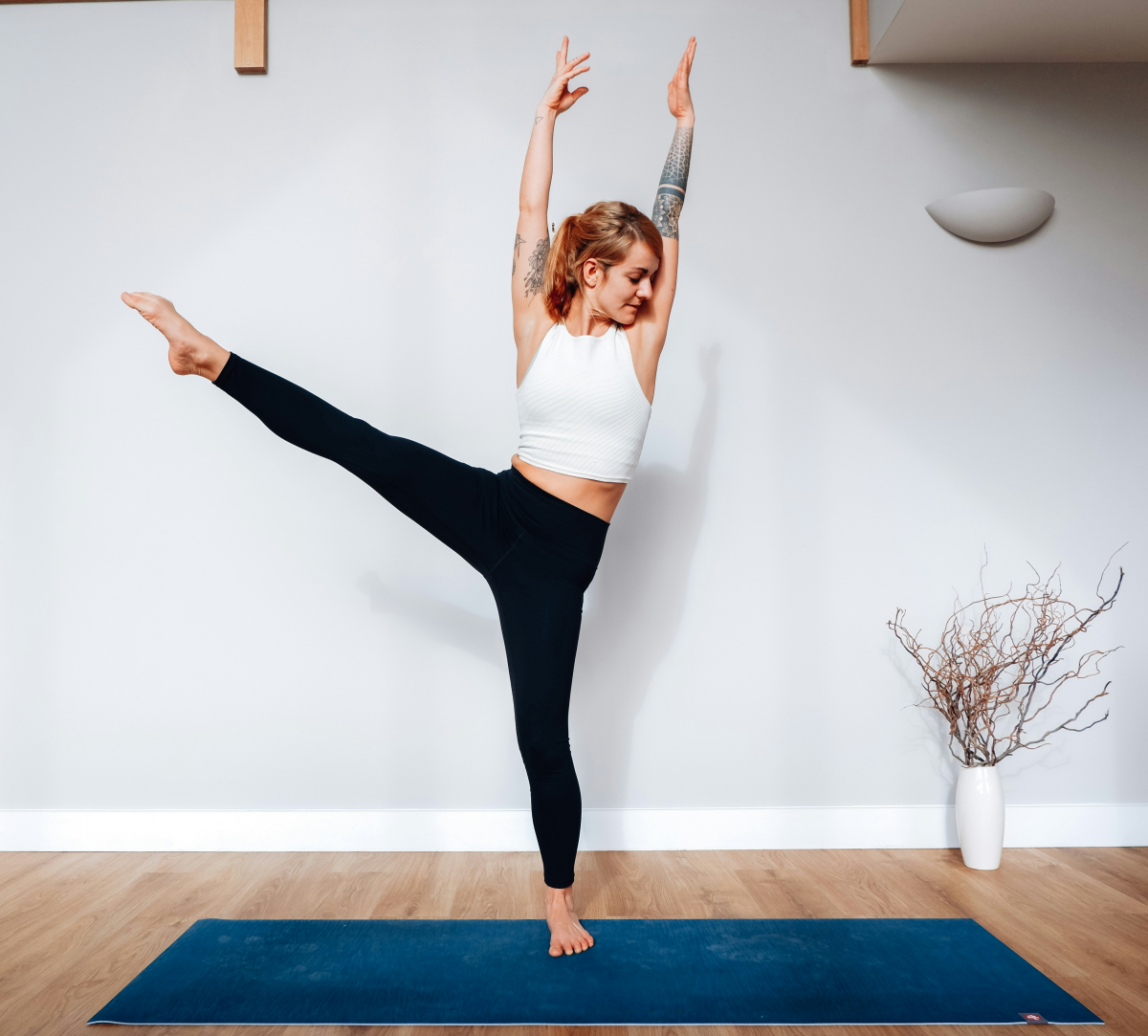
Compression Fit: This feels like a firm, supportive hug for your muscles. Made from tightly-woven fabric with a higher elastane content (often 20-30%), it’s designed to increase blood flow and reduce muscle fatigue during intense activity. Think brands like 2XU or Skins. Ideal for running and HIIT.
Comfort Fit: This is all about a buttery-soft, second-skin feel. The fabric, like the famous Nulu™ used in Lululemon’s Align leggings, is less restrictive. It’s perfect for yoga, Pilates, or all-day wear when you prioritize freedom of movement over muscular support.
Important point: The single biggest mistake that shortens the life of your favorite leggings is washing them with abrasive fabrics. A single cycle with towels, denim, or anything with zippers creates enough friction to cause pilling and snagging on delicate performance fabrics. Always wash them inside-out, in a mesh laundry bag, and with other synthetic, smooth-textured clothing. And never use fabric softener—it clogs the pores of the fabric, inhibiting its sweat-wicking properties.


